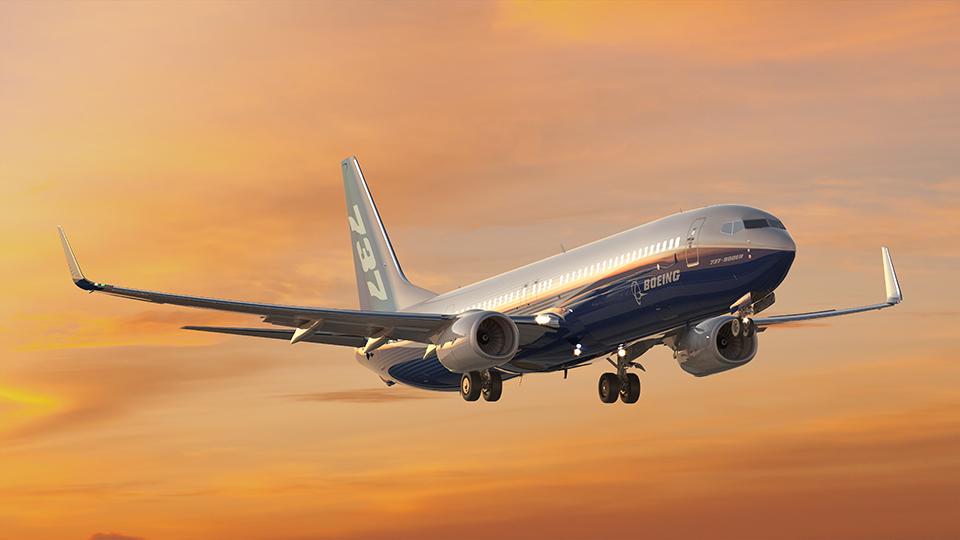
AVENTURA, Florida—After several years of lagging aircraft retirements, there are signs that an expected wave of removals is imminent if not underway, which will provide much-needed used-parts feed for several popular engine platforms.
After three consecutive years of retirements that came in below its forecasted totals and a net figure that fell to about 500 annually, Oliver Wyman says preliminary data for 2019 shows net removals jumped in 2019, surpassing 700 aircraft.
“In 2019, we would have expected retirements to slow down,” Oliver Wyman VP Tom Cooper said at Aviation Week’s AeroEngines Americas here. “Somewhat counter-intuitively, the number of retirements in 2019 increased. We’ve been digging hard into that.”
Cooper said the company’s latest multi-year forecast, due out in the next several weeks, will show a “significant increase in what we’re forecasting in retirements.”
The trend has significant ramifications for the aftermarket. Older aircraft leaving the fleet reduces operators’ maintenance needs. But they also provide used serviceable material (USM) feedstock, which helps operators—and MRO providers—reduce maintenance costs.
Market dynamics have created shortages on several popular platforms, particularly among narrowbody aircraft. The Boeing 737 MAX grounding has kept many comparable, older-generation models in service, leading to a scarcity of used parts for CFM International’s venerable CFM56 model and the IAE V2500 at a time when they are needed most. Even before the MAX-induced demand pressures, annual shop visits for both models were on the rise and are not expected to peak until sometime in the middle of the decade.
The issue has driven up prices for used engines and forced suppliers to change their sourcing strategies. GE Aviation, which consumes more USM than any other company, has been eyeing younger assets to ensure it has adequate supply to feed its network of overhaul shops.
“We are doing a lot more legwork up front, looking further forward, [to gain an] understanding of retirement schedules before engines ever come into the market,” said Rudy Bryce, GE Aviation’s GM, Material and TrueChoice Transition. “We’re looking to structure deals and structure packages that would provide an exit strategy with a very flexible timeline. That’s one of the things that all of us are looking for in the market—to go further back in time with the objective of acquiring the material at the right price.”
Demand for narrowbody lift combined with the MAX’s grounding have further pressured CFM56 part supply in particular. Overhaul demand continues to rise, suggesting a steady stream of USM will be consumed. But the release of some 800 grounded MAXs into the fleet over a year or two could help jump-start a short cycle of high prices for available parts.
The spike in capacity from the MAX will exacerbate a natural retirement cycle getting ready to boom. Assuming a CFM56 needs a shop visit every eight years or so, the 24-year mark becomes a de facto retirement date for many of the engines, as a third full overhaul is deemed too expensive.
Deliveries of 737NGs started in 1997 and averaged about 230/year from 1998-2002. Airbus A320ceos were being delivered at a similar clip. Starting in 2022, the aircraft and engines still in service from that period begin to hit their prime retirement windows.
“A CFM56 that goes for about $7 million now might only be worth $2-3 million in five years,” GA Telesis president and CEO Abdol Moabery said. “If that happens, you don’t want to be the one who paid $7 million today.”





